Floating offshore wind potential offers more than two times the energy equivalent of annual U.S. electricity consumption, even after accounting for relative technical suitability in support of responsible offshore wind energy deployment.
Wind Energy Technologies Office
September 15, 2022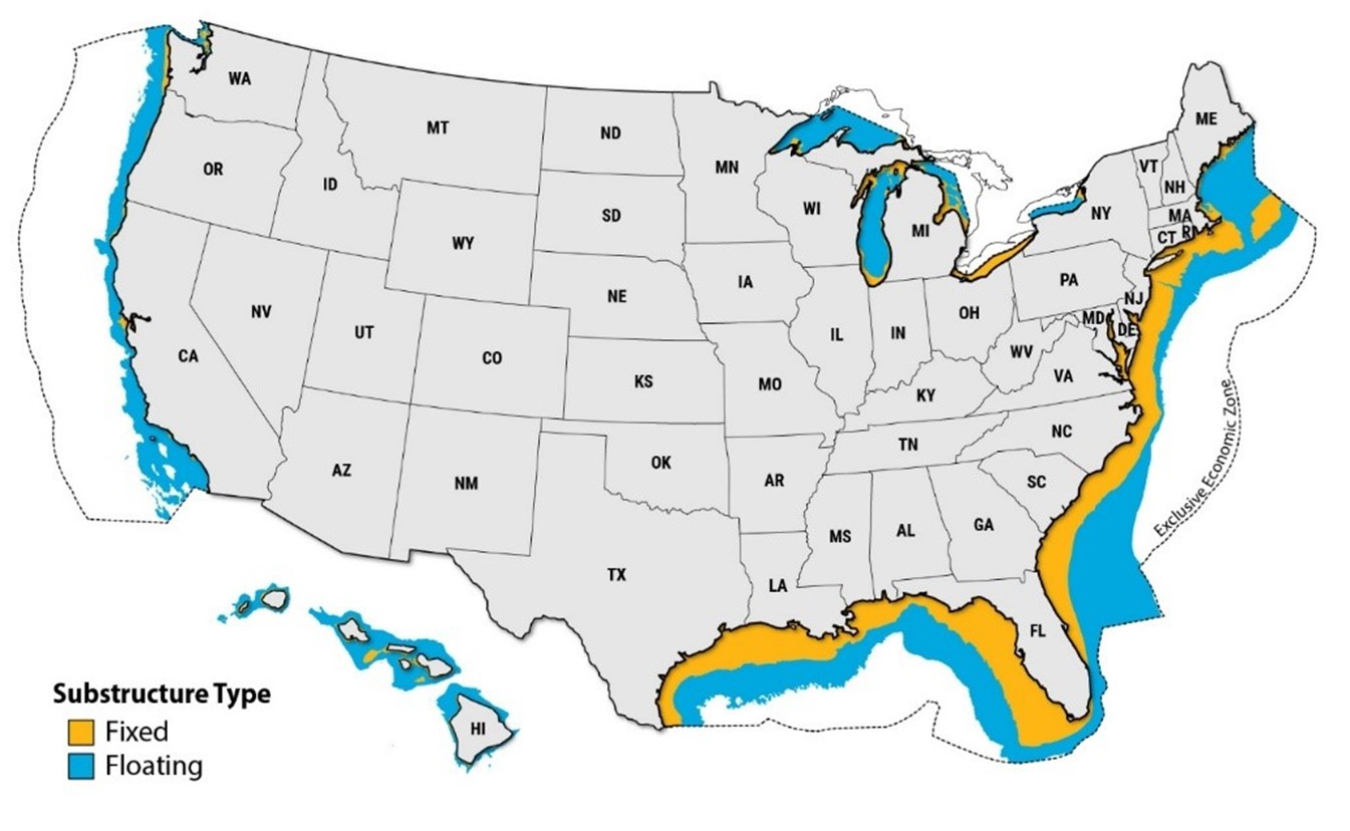
This map represents potential areas for fixed-bottom and floating offshore wind energy technology before considering siting constraints but including a water depth constraint of 1,300 meters.
The National Renewable Energy Laboratory released an updated Offshore Wind Resource Assessment characterizing the nation’s vast offshore wind energy potential. This latest assessment considers technology advancements and the improving economics of offshore wind energy in more moderate resource sites and in deeper waters resulting in a notable increase relative to prior work.
Assuming 60 meters represents a maximum water depth for fixed-bottom offshore wind turbines, the assessment identifies 1.5 terawatts in technical resource potential from fixed-bottom wind farms and 2.8 terawatts from floating offshore wind farms across eight geographic areas in the contiguous United States. This represents regional and national opportunities for offshore wind energy development.
Because marine environmental, jurisdictional, and socioeconomic considerations can influence the availability and leasing of offshore waters for wind energy development, this assessment accounts for areas that may be less suitable to develop due to existing infrastructure, environmental considerations (such as sensitive marine species and habitat), U.S. Department of Defense operations, and other constraints.
This project announcement supports the Floating Offshore Wind Shot, which aims to drive U.S. leadership in floating offshore wind.
Learn more about DOE’s plan to advance floating offshore wind energy:
-
 White House launches floating offshore wind initiatives to deploy 15 GW, power 5 million homes, and lower costs by 70% for goal of 30 GW by 2035.
White House launches floating offshore wind initiatives to deploy 15 GW, power 5 million homes, and lower costs by 70% for goal of 30 GW by 2035. -
 Learn about how the Floating Offshore Wind Shot plans to accelerate breakthroughs for more abundant, affordable, and reliable clean energy solutions.
Learn about how the Floating Offshore Wind Shot plans to accelerate breakthroughs for more abundant, affordable, and reliable clean energy solutions. -
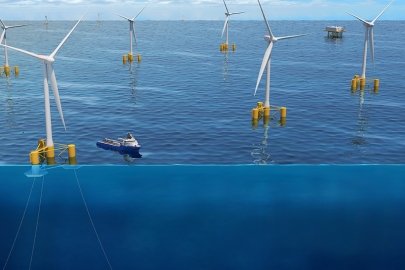 The FLoating Offshore Wind ReadINess (FLOWIN) Prize, a $5.75-million competition, is designed to help develop a domestic supply chain and accelerate market readiness of floating offshore wind energy designs in the United States.
The FLoating Offshore Wind ReadINess (FLOWIN) Prize, a $5.75-million competition, is designed to help develop a domestic supply chain and accelerate market readiness of floating offshore wind energy designs in the United States. -
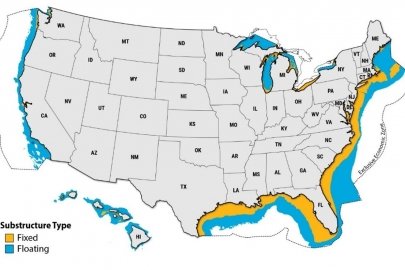 Floating offshore wind potential offers more than two times the energy equivalent of annual U.S. electricity consumption.
Floating offshore wind potential offers more than two times the energy equivalent of annual U.S. electricity consumption. -
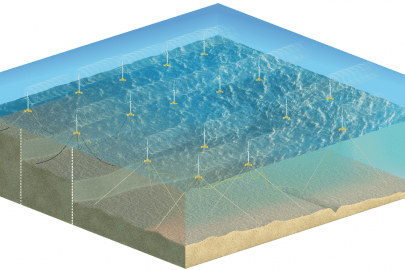 The Floating Offshore Wind Array Design project will inform design decisions and help ensure cost-efficient and responsible deployment.
The Floating Offshore Wind Array Design project will inform design decisions and help ensure cost-efficient and responsible deployment. -
 An NREL study will outline a strategic network of U.S. West Coast ports and port infrastructure upgrades.
An NREL study will outline a strategic network of U.S. West Coast ports and port infrastructure upgrades. -
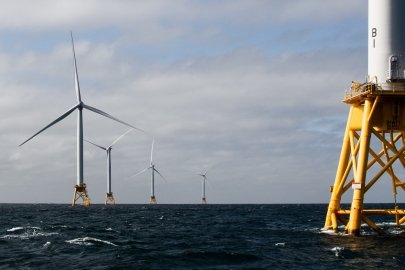 The U.S. Department of Energy's Wind Energy Technologies Office funds research nationwide to develop and deploy offshore wind technologies.
The U.S. Department of Energy's Wind Energy Technologies Office funds research nationwide to develop and deploy offshore wind technologies. -
 DOE Announces $1.6 million for a jointly funded project supporting the coexistence of offshore wind with bats on the West Coast.
DOE Announces $1.6 million for a jointly funded project supporting the coexistence of offshore wind with bats on the West Coast. -
 The National Offshore Wind Research and Development Consortium (NOWRDC), which was established with funding from the U.S. Department of Energy (DOE), has selected five new projects to receive a total of $3.5 million for ocean coexistence and transmission.
The National Offshore Wind Research and Development Consortium (NOWRDC), which was established with funding from the U.S. Department of Energy (DOE), has selected five new projects to receive a total of $3.5 million for ocean coexistence and transmission. -
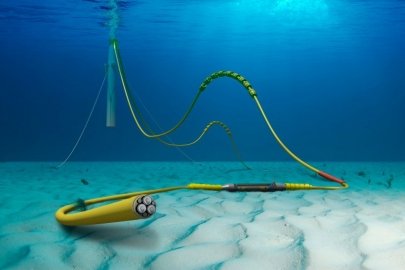 PNNL will conduct a literature review of West Coast offshore wind transmission research to date.
PNNL will conduct a literature review of West Coast offshore wind transmission research to date. -
 ARPA-E intends to announce $31 million in funding through phase two of its ATLANTIS program.
ARPA-E intends to announce $31 million in funding through phase two of its ATLANTIS program.

